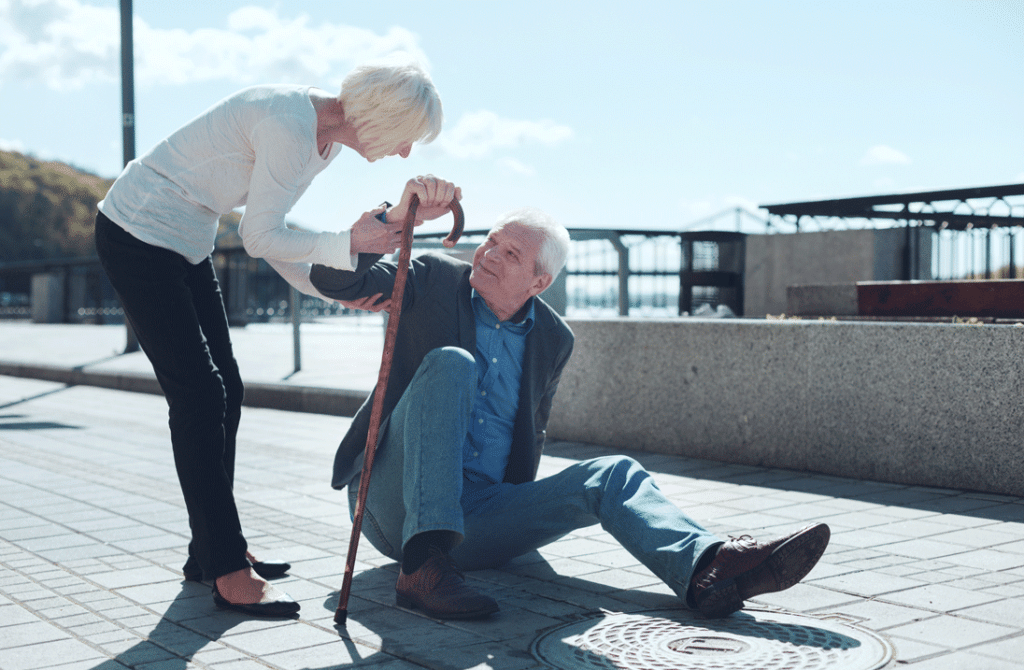
How is balance affected by our ears?
People with hearing loss are at a much higher risk of having balance disorders and vice versa. The primary organs for hearing and balance inside the inner share similar biological and physiological characteristics.
The inner ear is a two-part system; the cochlea for hearing and the vestibular for balance. The vestibular system is made up of a network of three canals in each ear called the semicircular canals that loop off a central area called the vestibule.
This system detects movement through individual sensory cells, activated as you move or tilt your head. If you make movements too quick or too long (e.g., spinning around in place), they can take some time to “settle down.” This is why the room can feel like it is still spinning after stopping. The vestibular system sends signals to the vestibular nerve, enters the cochlear nerve, and carries electrical signals to the brain.

What are some standard balance orders?
There are many different balance disorders; however, a few of the more common ones include:
Meniere’s Disease causes spells of vertigo, hearing loss, tinnitus, and ear fullness. It’s caused by raised pressure of an abnormally large quantity of endolymph inside the inner ear and/or from the presence of potassium in an area of the inner ear where it doesn’t belong. While there is no cure, remedies are for the treatment of vertigo. They can include medicine, internal ear injections, or surgery.
Age-related dizziness and imbalance are generally multifactorial related to weaker muscles, reduced visual acuity, and failing vestibular systems. Once ruling out other causes, most patients improve with vestibular rehab.
Benign Paroxysmal Positional Vertigo is a mechanical issue in the inner ear. It ensues when some calcium carbonate becomes dislodged and resettles into one or more of the three fluid-filled semicircular channels. These crystals impede the normal fluid movement that these channels use to sense head motion, causing the inner ear to send false signals to the brain. This causes brief but severe spinning feelings with movement. Treatment is with repositioning maneuvers.

How are balance disorders diagnosed?
Balance disorders are evaluated with audiological testing, videonystagmography (VGN), and magnetic resonance imaging (MRI). VNG examines a specific type of eye movement called nystagmus. Nystagmus happens when the brain tries to determine the body’s position when it obtains clashing messages from the ears. Nystagmus lets the examiner know the position at which the patient becomes dizzy. However, it is not always position-related, and not all causes of dizziness result in nystagmus.
The 4 main parts of the VGN
Caloric testing: Water or air is administered into the ear canal at different temps to stimulate the inner ear. This determines if one ear responds differently, revealing an internal ear weakness.
Rotational Chair: Stimulating the patient’s ear by having them sit in a chair that rotates slowly.
Ocular mobility: The patient watches still and moving dots on a wall.
Positional nystagmus: The patient’s head and body are moved into different positions to determine if this causes nystagmus.
When to see a doctor
If you feel dizzy or experiencing vertigo, these are symptoms that something is wrong. Testing and other diagnostic tools allow healthcare providers can pinpoint the cause of these symptoms.
Depending on your symptoms, it’s an excellent place to start by seeing your primary care physician. Your physician can then determine the next steps and the correct specialist to help you get everything figured out. If vertigo or balance issues are the main symptoms, an Audiologist or ear, nose, and throat (ENT) doctor is a proper place to begin.
Treatments will vary based on your conditions. However, for most balance disorders, treatment is obtainable, but the plan may be to minimize symptoms in some cases.
